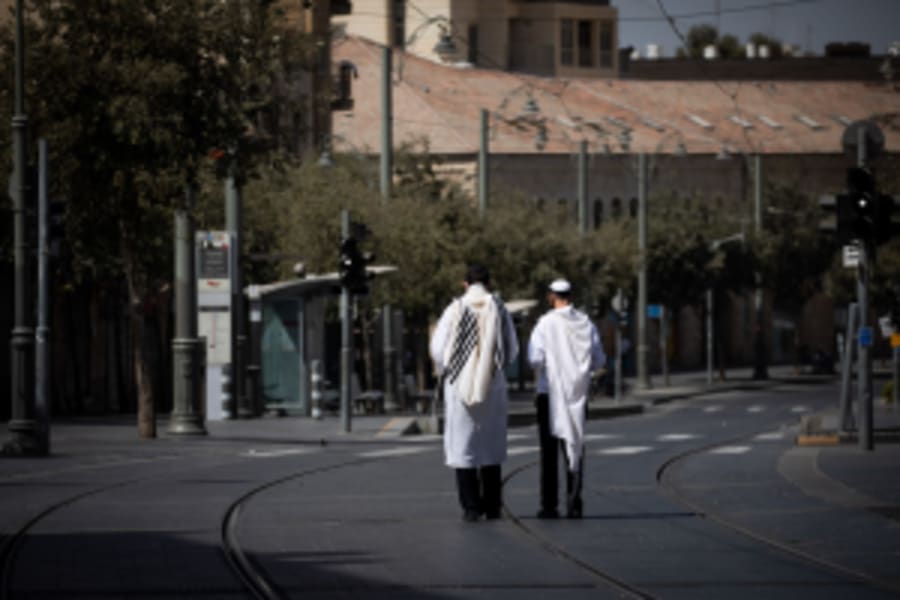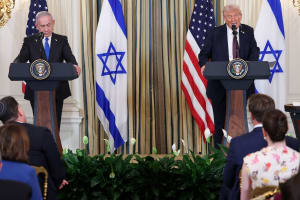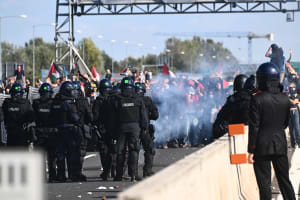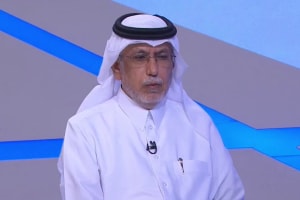Clarifications on the Third Temple
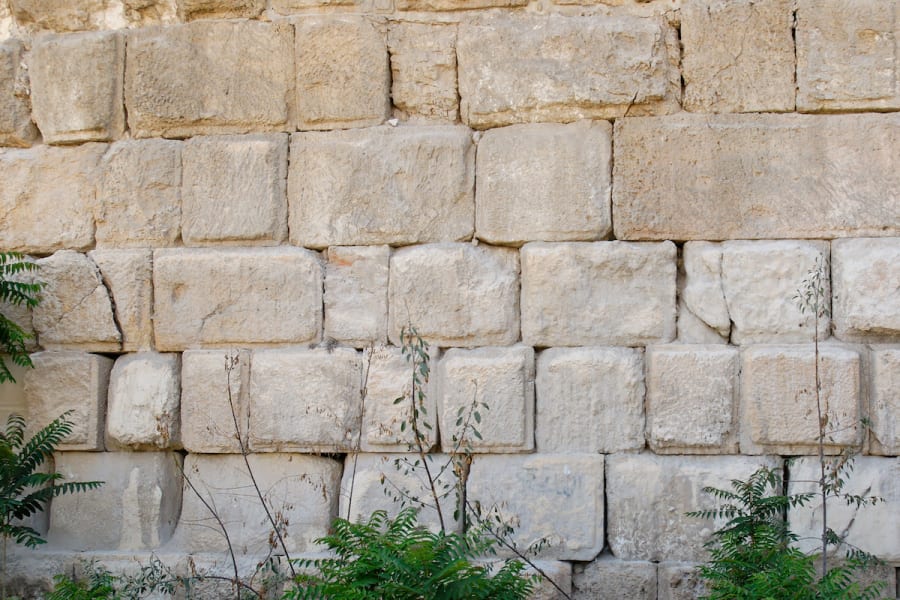
It is understood, from Daniel 9:27, Matthew 24:15, and 2 Thessalonians 2:4, that there will be a third temple. Considering advancements in precast and prefabrication, it is possible that architectural and structural components have already been made with remarkable precision, ready for on-site assembly. The implication would be rapid construction; columns, beams, and walls could be hoisted in place and joined as easily as tightening a few bolts or welding a few plates. While I’ve had considerable interest in this subject from an architectural standpoint, I realize that what is really important is the motive and purpose for any building project. “Unless the Lord builds the house, the builders labor in vain” Psalm 127:1.
Temple Movement Organizations
The Temple Institute is described as “like an architectural firm, general contractor, and interior decorating shop all rolled into one [1].” Since 1987, the Temple Institute has been making the furnishings, musical instruments, and priestly garments to be used in the temple, according to precise specifications given in the Old Testament [1]. Another organization, Temple Mount Faithful, is said to have carved and stocked quarried stones in the tens of thousands [1]. Temple Mount Faithful was established in the late 1960s and was once the primary temple movement group, but lost prestige over time to become a small group of activists [2]. The Temple Institute’s combined focus is on academic study of the temple and promoting the imminent construction of the temple [3]. The founder, Israel Ariel, was a reservist in the 1967 war among the Israeli forces that took control of the Temple Mount [3]. He was stationed as a guard at the western entrance to the Dome of the Rock and expected Messiah to appear at that time, and as that expectation was not met, he concluded that Messiah would not come until the temple was built [3]. The stated goal of the Temple Institute is observing the commandment in the Torah to build a temple [3].
Ezekiel’s Vision of a Future Temple
In Ezekiel the layout of a yet future temple is explicitly given, but interestingly, height dimensions are not given except for the header height of openings and height of the surrounding wall. In Ezekiel 42:15-20, there is some confusion as to the unit of measurement used for the surrounding wall. Some translations have “cubits” while others have “rods”; the Hebrew word is properly translated as “rods.” This is the same unit of measurement used in Ezekiel 40:5 for measuring the thickness and height of that wall. According to that verse, the length of a measuring “rod” is six long cubits. Of course, this may seem meaningless in modern terms, but the significance is that the 500 rods by 500 rods according to Ezekiel 42:15-20 is an area larger than the present Temple Mount [4]. What will happen in time for the literal temple of Ezekiel’s vision, according to Zechariah 14:4, is that the topography of the entire area will change. The temple of Ezekiel’s vision will be on a very high mountain (Ezekiel 40:2).
Who will Build the Temple?
Another area of confusion is who is to build the temple. As previously mentioned, some have been zealous at making preparations. Ezekiel 43:11 indicates that the people of Israel will build the temple according to the written design instructions, while Zechariah 6:12 says that the Messiah will build the temple. These scriptures are not contradictory but complimentary; taken collectively it is understood that He will oversee the building of the temple. The problem is that having rejected Jesus, religious Jews are looking for someone else (John 5:43). This would be the antichrist, to whom in this regard the word pseudochrist is properly applied. You see, the New Testament is critically important to a comprehensive understanding of the scriptures! “No prophecy of scripture is of private interpretation” (2 Peter 1:20), and that especially includes cross referencing the Old and New Testaments. An interim third temple will be built, but the temple of Ezekiel’s vision will not be built until after the great earthquake at the time of the Lord Jesus Christ’s return.
References
[1] Rosenberg, J. 2006. The Last Days: A Novel. Tyndale House Publishers, Inc.
[2] Inbari, M. 2019. The Role of the Temple Mount Faithful Movement in Changing Messianic Religious Zionists’ Attitude toward the Temple Mount. Pages 247-264. In: Next Year in Jerusalem: Exile and Return in Jewish History, L. J. Greenspoon (ed.)
[3] Inbari, M. 2014. Messianic Religious Zionism and the Reintroduction of Sacrifice: The Case of the Temple Institute. Pages 256-273. In: Rethinking the Messianic Idea in Judaism, M. L. Morgan and S. Weitzman (eds.)
[4] Stijkel, K. 2021. Visualizing the Vision: A Study of the Plan of Ezekiel’s Temple. RCTM Reclamebureau.

Josh Bowditch is an aspirer of stewardship in the Biblical sense. This includes ascertaining the truth and writing concisely about topics of interest.
You might also like to read this:





